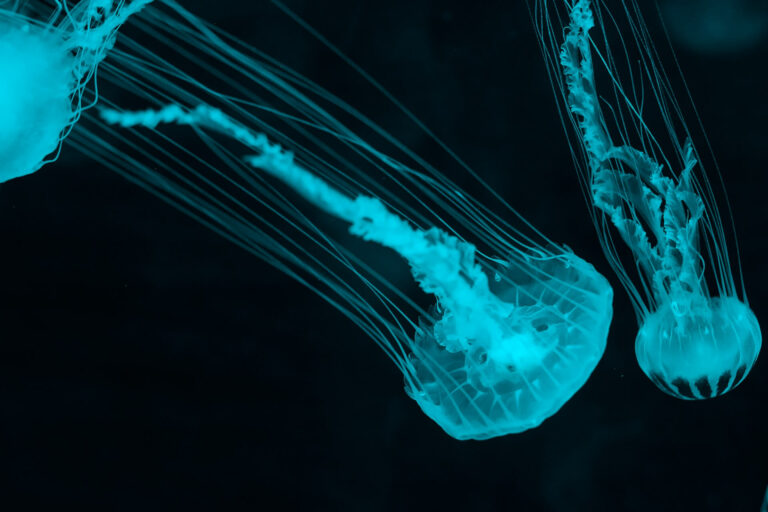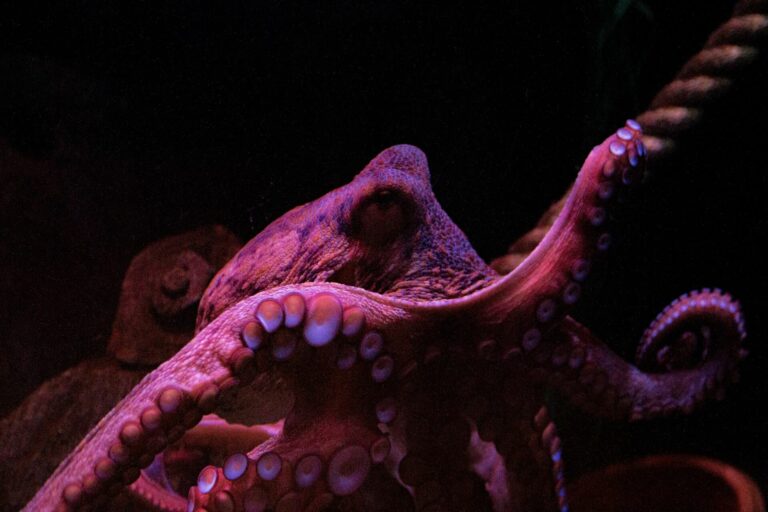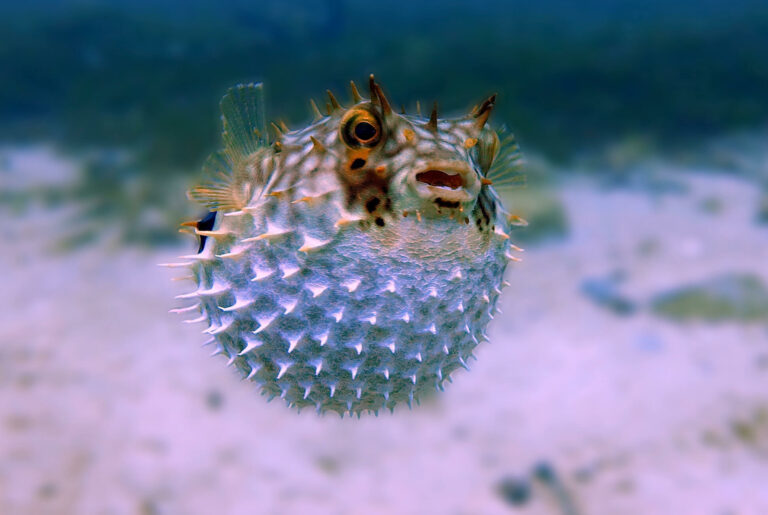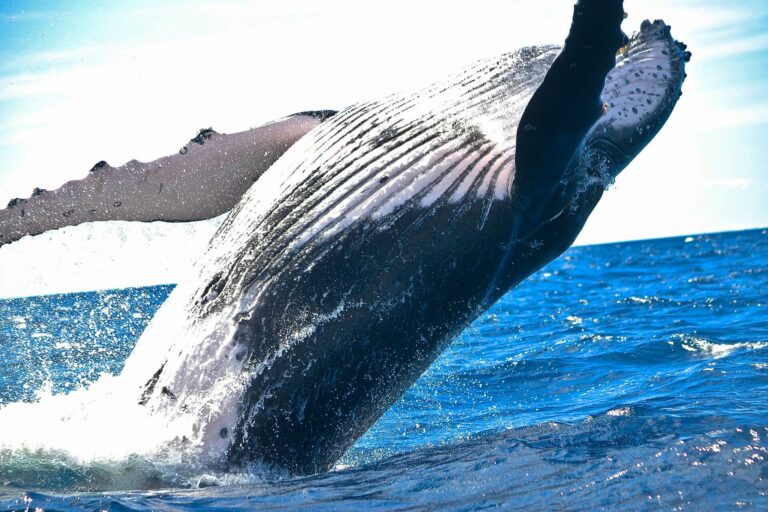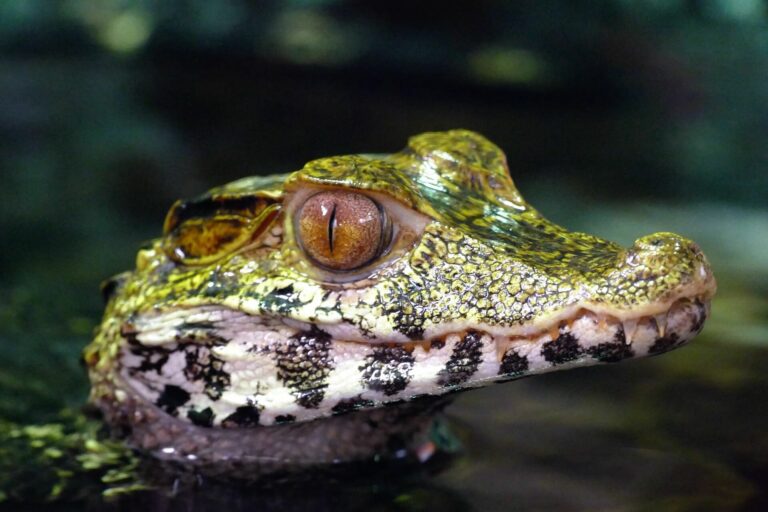MORPHOLOGY
By examining the external features, body proportions, and anatomical attributes of animals, researchers can gain valuable insights into their adaptations, evolutionary relationships, and ecological roles. Traditionally, morphological analysis has involved direct measurement of animals, requiring invasive methods such as specimen collection or dissection. However, advancements in technology and imaging techniques now offer non-invasive alternatives for studying morphology. These include methods like photogrammetry, 3D scanning, and drones with high-resolution cameras, allowing researchers to capture and analyze the intricate details of an animal’s form and structure without causing harm or disturbance to the individuals or their habitats.




